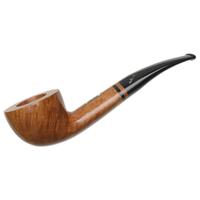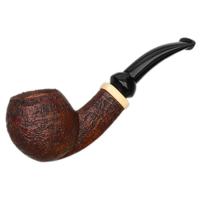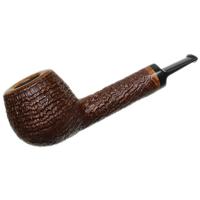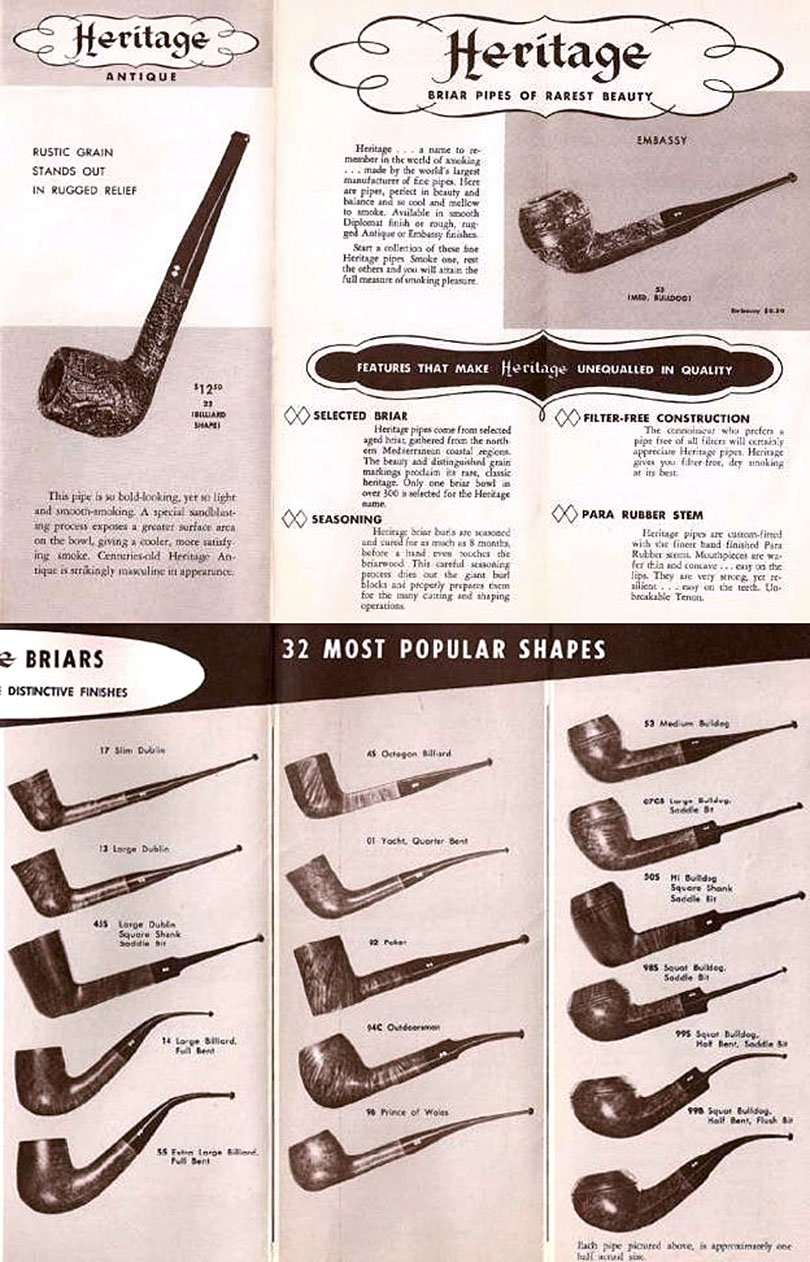What Does the Term "English Para" on a Pipe Stem Mean?
- Thread starter hoppes
- Start date
You are using an out of date browser. It may not display this or other websites correctly.
You should upgrade or use an alternative browser.
You should upgrade or use an alternative browser.
- Status
- Not open for further replies.
Another term for vulcanite is "para rubber". It's a reference to the material from which the stem was made.
Ah, good to know. Funny though, all the ones I have with that have a very open slot. Are they molded?
If you want a good smoker, buy any and all that say that. Production pipes that have a funneled slot.
Jesse nails it. The rubber tree is actually a "Para" tree. I've seen stems stamped with Para as well, I'm guessing that was a term used before the 60's?
I actually did a fair amount of research on this some time back. The "para" stamping on a stem simple means that the latex used in the vulcanite formulation was extracted from a Para rubber tree ...

... and not from an alternate (and historically inferior) source ...

The distinction was an important one in the late 19th and early 20th centuries when, as the clipping above states, many rubber products were produced using the inferior sources. You can still find the stamping on some stems made in the 60s, 70s, and maybe even the 80s, but the distinction means less since the tree had been well cultivated outside of Brazil at that point and the supply of para latex was plentiful. I think some pipe manufacturers just thought it sounded cool. So, they kept using it.
"English" para refers to rubber that was produced from latex extracted from trees grown in the rubber plantations of British Malaya. At one time, these plantations were the largest cultivators of the Para rubber tree outside of South America.

... and not from an alternate (and historically inferior) source ...

The distinction was an important one in the late 19th and early 20th centuries when, as the clipping above states, many rubber products were produced using the inferior sources. You can still find the stamping on some stems made in the 60s, 70s, and maybe even the 80s, but the distinction means less since the tree had been well cultivated outside of Brazil at that point and the supply of para latex was plentiful. I think some pipe manufacturers just thought it sounded cool. So, they kept using it.
"English" para refers to rubber that was produced from latex extracted from trees grown in the rubber plantations of British Malaya. At one time, these plantations were the largest cultivators of the Para rubber tree outside of South America.
Doesn't mean anything about the slot, it means that the stem was made of vulcanite manufactured in England. I have a push tenon Jobey prince from the 50's or before (my gramp's is smoking it in a picture taken in '56) with that stamped on the stem. Very nice pipe.
I agree that it indicates an effort to make or market a stem of higher quality.
Doc.
I agree that it indicates an effort to make or market a stem of higher quality.
Doc.
I guess it doesn't mean anything I thought. I have found that stems with that stamping often have great funneled opening at the button.
I seem to remember somewhere that Kaywoodie Heritage pipes stems were made from "Para Rubber." I thought it was another term for vulcanite/ebonite. Nice to learn something new.
The high grade para rubber stems had a bit more "give" in them than the lower grade Vulcanite. That's part of what made Barling bits so comfortable. They used a much higher grade Vulcanite than Charatan or Sasieni.
- Status
- Not open for further replies.













